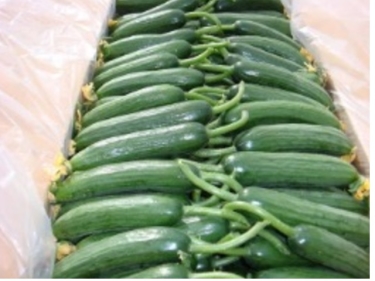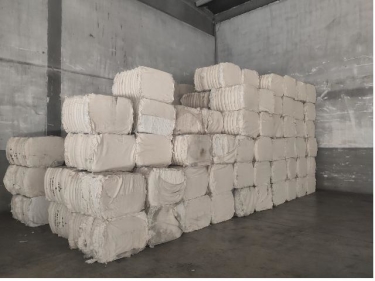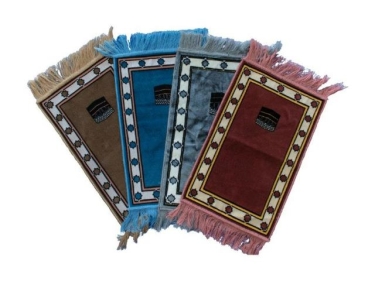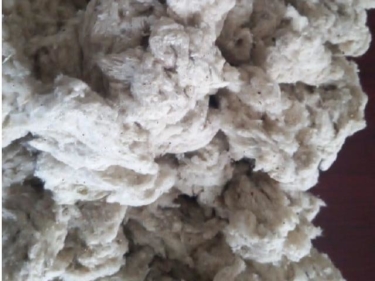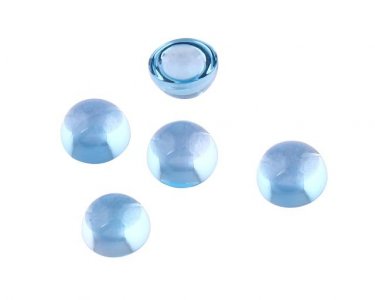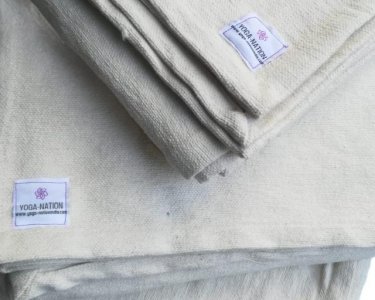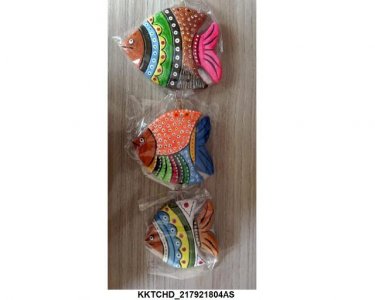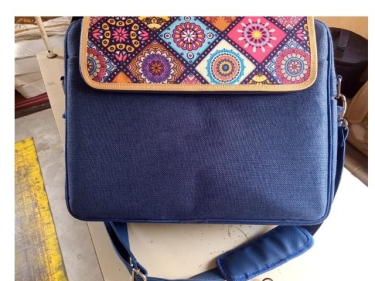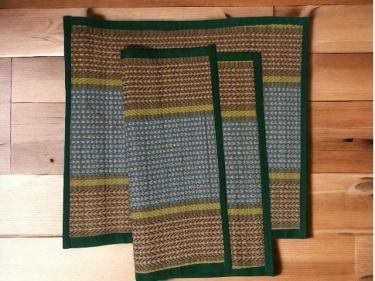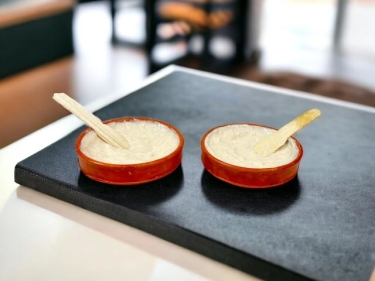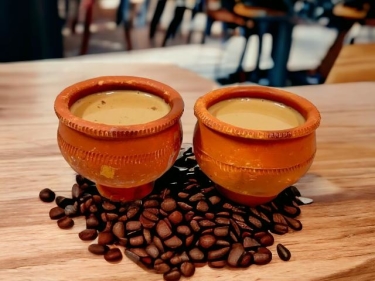Search Results for "mayotte" in "Mayotte" on Export Portal
Active Filters
-
Keywords:
-
Country:
- Clear all
New Search
Couldn't find the product you want?
Fill out this form to request the product.
Exports

Mayotte is an insular department and region of France officially named Département de Mayotte. It consists of a main island, Grande-Terre (or Maore), a smaller island, Petite-Terre and several islets around these two. The archipelago is located in the northern Mozambique Channel in the Indian Ocean off the coast of Southeast Africa, between northwestern Madagascar and northeastern Mozambique.
The economic activity of Mayotte is based primarily on fishing and livestock raising. The country exports big quantities of fresh fish, frozen fish, lobsters, caviar, squid as well as coral calcium for international drugstores.
The economy of the country is dominated by an productive agricultural sector operating largely outside the country, motivating local manufacturers and sellers. Agricultural products, exported abroad, include sweet potatoes, vegetables, corn, coffee and tea, sugarcane, tobacco and tobacco substitutes, cotton, tea, peanuts, rice, water, pigs, cattle, poultry.
The island is reach in natural resources. That is why, the island can export large quantities of construction materials and engineering, such as: building stones, cement products, ceramic materials, chemical and plastic items, etc.
The top export destinations of Mayotte are: France, Madagascar, Comoros, Mozambique, Tanzania, Kenya and Burundi.
Customs requirements of Mayotte
Customs Office in France
Website: http://www.douane.gouv.fr/
Email: r-ferney-voltaire@douane.finances.gouv.fr
Address: Route de Genève / F - 01216 Ferney-Voltaire
Phone: +33 (0)9 70 27 31 81 / +33 (0)9 70 27 31 84
Mayotte is an overseas department of France (Département d’Outre-Mer). It attained this status on 31 March 2011. The French government plans to bring the laws and regulations of Mayotte in line with those of the rest of France and make the country visible for the international trade.
Tariffs
Most raw materials imported to Mayotte from non-EU countries enter duty-free or at low rates, while most manufactured goods are subject to rates of between 5 and 17 percent. The tariff schedule is based on the Harmonized System. Besides customs duties, most processed products are subject to additional import charges based on the percentage of sugar, milk fat, milk protein and starch in the product.
Import duties are calculated on an ad valorem basis. This dutiable value is the "transaction value" plus freight, insurance, commissions, and all other charges and expenses incidental to the sale and delivery of the goods to the point of entry into EU customs territory. The invoice price will normally be accepted as the transaction value if the seller and the buyer are not related.
Required Documentation
Any manufacturer, sellers and customer has to prepare a number f documents before the affair is completed. An import/export (Customs duty payment) declaration form must be submitted to Japan Customs with the following documents:
- Invoice;
- Bill of lading or Air Waybill;
- The certificate of origin (where a WTO rate is applicable);
- Generalised system of preferences, certificates of origin (Form A) (where a preferential rate is applicable);
- Packing lists, freight accounts, insurance certificates, etc. (where deemed necessary);
- Licenses, certificates, etc. required by laws and regulations other than the Customs Law (when the import of certain goods is restricted under such laws and regulations);
- Detailed statement on reductions of, or exemption from customs duty and excise tax (when such reduction or exemption is applicable to the goods);
- Customs duty payment slips (where the concerned goods are dutiable).
Labeling
The exported or imported products are obliged to have the following information on their labels:
- name, trade name or description;
- name and complete address of manufacturer/packer, importer, country of origin of the imported food;
- net weight, number or volume of contents in metric units;
- distinctive batch, lot or code number;
- month and year of manufacture and packaging;
- month and year by which the product is best consumed;
- information about pharmaceutical and industrial products must be in English;
- if food products have been genetically modified (GM) this must be indicated in the label.
Sources:



